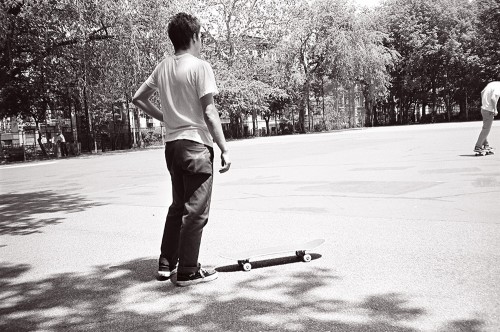
How deep? Deep as the abyss. Photo by Gigliotti.
The other day, I met some people at T.F. West. After the hour-long pandering that goes on whenever the “where are we gonna skate?”-question is raised, some permit-wielding kickballers showed up. Outnumbered and frustrated, we left the park.
“So-and-so is at T.F.” An hour of half-hearted flat skating and aimless shittalking — it was not enough. We still craved a new chainlink cage with nothing more than flatground and maybe a trash receptacle to put on its side. We half-walked/half-skated the twenty minutes to T.F.
After a half-hour at T.F., a suggestion was made: “So-and-so wants to a try a trick over the can off the bump on 20th Street.”
The “bump” on 20th Street? You mean that small groove on the ground that just-maybe-kinda-but-kinda-not hoists you up? In an empty court surrounded by a chainlink cage? How did we get here? Three T.Fs in one day? We’ve been everywhere and back but I just can’t remember it all. What am I doing?
Here’s a complete history of how we got here.
2000: Alien Workshop’s Photosynthesis video is released. The second half of Robert Dyrdek’s part is filmed at a graffiti-covered indoor facility, which we later learn is called the “Training Facility” or “T.F.” for short. (This place later proved to be a blueprint for the “Fantasy Factory,” but that is a topic for another day.)
2001: The September 11th attacks happen. Skateboarding street spots in Manhattan becomes nearly impossible due to heightened security. ABC skate shop — then located on Avenue A and 13th Street (currently a bad pizza shop) — begins bringing a yellow flatbar to Tompkins Square Park, some three blocks down the street.

The otherwise barren park becomes a hassle-free safe haven for #core #skateboarders (and notorious partyboys of the era) during a tumultuous time in the city’s history.
2002: With security around the city still high, obstacles are introduced to Tompkins with rapid-fire speed: another rail, a manual pad, a box with angle iron on one side. An unknown Robert Dyrdek fan facetiously dubs the spot “the T.F.” The name sticks.

The first box also carries over a tradition of technical skateboarding (i.e. people began learning kickflip backside tailslides) within city limits that began with the Newport Benches three years earlier.
2003: The T.F. becomes one of the five most popular skate spots in the city — an important distinction during a time when low-bust marble spots actually sorta still existed.
It was the first shift toward a complete T.F-ication of New York City skateboard #culture. People were, however, still optimistic that they would leave the T.F. after they met there. Fools.
August 18, 2003: The largest blackout in American history hits the northeast.

T.F. skaters do not notice that all the traffic lights are out and the streets are flooded with people for at least an hour due to the T.F’s majesty. Billy Rohan dubs it “the safest place on earth.”
2004: 12th & A is discovered, begins playing the City Hall role to T.F’s Love Park. Though it should be noted that since 12th & A came with obstacles (first recycled benches and later #real #ledges), it was never considered a “T.F.”

ABC Skateshop closes — thus ending the original supplier of T.F. obstacles to Tompkins Square Park. Autumn, on the other hand, moves from E. 2nd Street to E. 9th Street, creating a half-block distance between the park and a storage space.
2005-2006: As stay-all-day ledge spots (Lenox Ledges withstanding) fell by the wayside, and New York skateboarding zeroed in on a more Puleo-ified outer-borough-crust approach, the sanctity of T.F. boxes began to wane. In 2002, no one would dare dream of leaving a box behind after dark to be stolen by Parks bandits. Now, the average lifespan of box went from months to weeks.
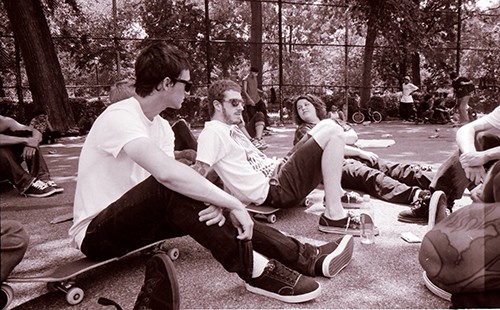
2007-2008: T.Fs begin taking form across the city, mainly out of convenience because not everyone can live within skating distance of the motherland. Most notably is T.F. North on 100th and 1st, and the Washington Heights T.F. on 174th & Fort Washington Avenue. [***It should be noted that the earliest blueprint for a “T.F.” was started by Upper East and Westside kids at the Central Park Flats in the late nineties. It would disband several years into the 2000s.]
2009: T.F. West officially became a destination, though much like the first man to make it to the North Pole, its discovery remains a hotly debated issue. Some give it to the G-Man, Josh Stewart has been heard to claim it, others list obscure pioneers — but the rationale behind its rise to prominence is undebatable. With the redevelopment of Hudson River Park and diminishing street spots elsewhere in Lower Manhattan, a western meet-up point became essential.
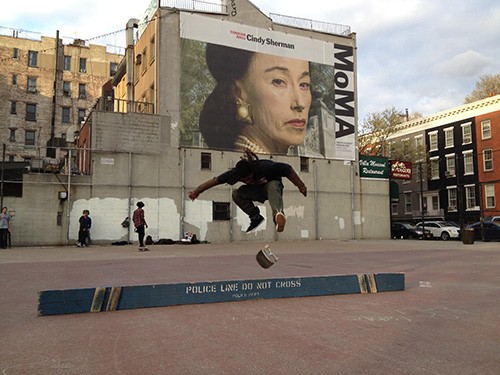
The more fashionable girls, proximity to Joe’s Pizza, and beefs with weekend roller hockey all came with it. Obstacles to skate did not.
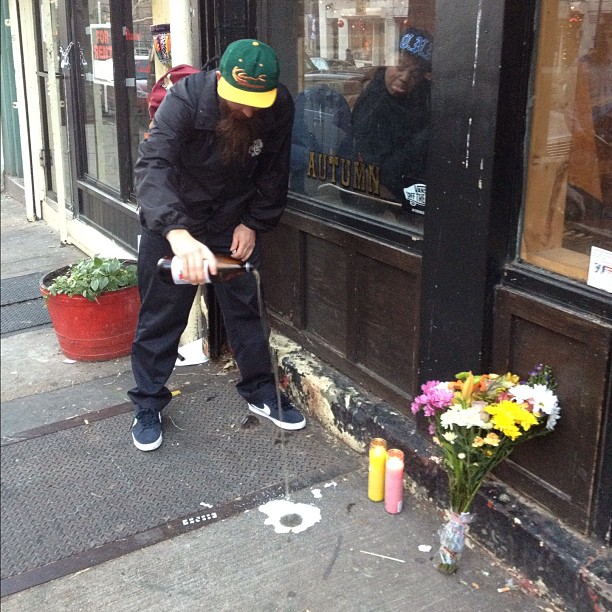
[Last day of] 2011: Autumn closes, ending the longest-suriving storage facility for boxes.
2012: Tompkins achieves legacy status. We became comfortable with our own plight, sort of how hostages experience Stockholm Syndrome. The T.F. would go months without anything — two cones were the most prominent attraction that year — and they still drew a crowd.

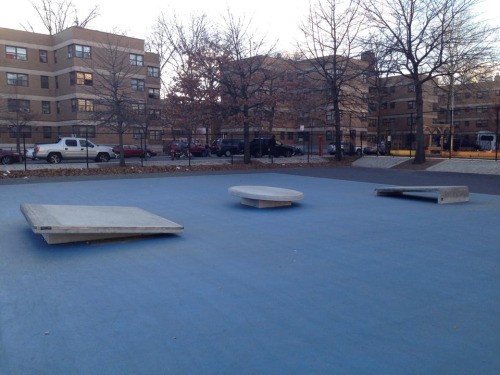
2011-2013: The city began to take notice and build semi-permanent T.F-esque structures in neglected parks, most notably at Thomas Greene Park and Blue Park in Bushwick. Though rules of years past disabled these obstacle-having spots from earning the “T.F.” title (codeword for “nothing”), we collectively became more lenient, dubbing them “Park Slope T.F,” “T.F. Midwest,” etc.

2014: Even garbage cans grow scarce at the original T.F. once the Parks Department begins chaining them up. A metal trash can nipple on flat becomes the new norm for the most popular skate spot in New York City.
2015: Another one.
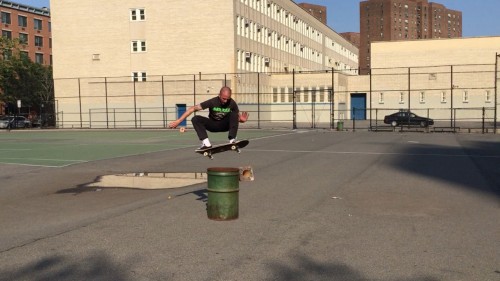
Some out-of-town visitors recently asked me “where’s that spot with the two bumps that people skate trash cans off of?” They’re of course referring to T.F. Gramercy, yet another T.F. to emerge in 2015 that’s particularly popular with people looking for that extra oomph to get over a trash can.
Two cracks in the sidewalk that create a foot-long slope = a desirable skate spot. That’s where we leave off in 2015 New York City. What does the future hold?



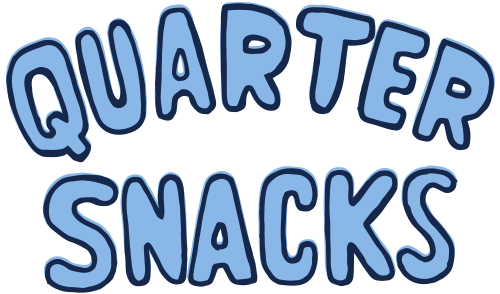
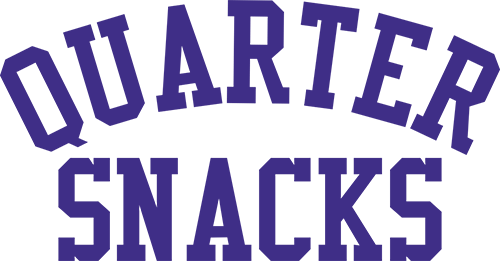

Hope the Natas-designed bank is still in use somewhere.
Wow i just started singing while reading the drake lyrics
hey, you guys should get a really good bench and some wooden qps and chain that shit to the fence at tompkins so there is always something to skate besides flat
Nice reference to the Central Park flats! That was the OG flatground/ stage drop-off spot
This made me want to skate more than any clip posted on the Thrasher site this week.
the 2005-2006 era photo brought me back to Weiss’s battle against Polska for the és game of skate
@mullet the parks department would just destroy them like they partially destroyed the bqe spot
why skate boxs flatbars and wooden qps when u live in nyc??, i just dont understand, #hardcore
didnt you watch the clips you get kicked out of everywhere
plain obstacles necessitate creativity and style in order to make a “trick” noteworthy. a trashcan lid provides endless possibilities. the trashcan itself forces height and power from the skater. the skater uses the concrete and obstacles around him as a canvas, with he himself, being the brush and paint. much love.
dude amazin ur words inspired me i feel so inspired crazy but stop with thot love shit u make me not even wanna skate anymore
I’m content never leaving TF West again in my life, except to maybe grab a coffee
damn b.
RIP Wash Heights T.F.
Just wanna shout out the 277 and the fact that WHO first applied the Dyrdek joke to what we used to call “the 50cent beer flatground spot” the term “TF Report” can be best attributed to P’OD and his laterd crew.
http://www.epiclylaterd.com/tfreport.html
american is my second language:
Just wanna shout out the 277 and the fact that WHO first applied the Dyrdek joke to what we used to call “the 50cent beer flatground spot” is unclear. But the term “TF Report” can be best attributed to P’OD and his laterd crew:
http://www.epiclylaterd.com/tfreport.html
@ phill obviously you missed the anti hero videos on thrasher lol
there was a flat bar on the northside of union square for a little bit before ABC brought the box to Tompkins